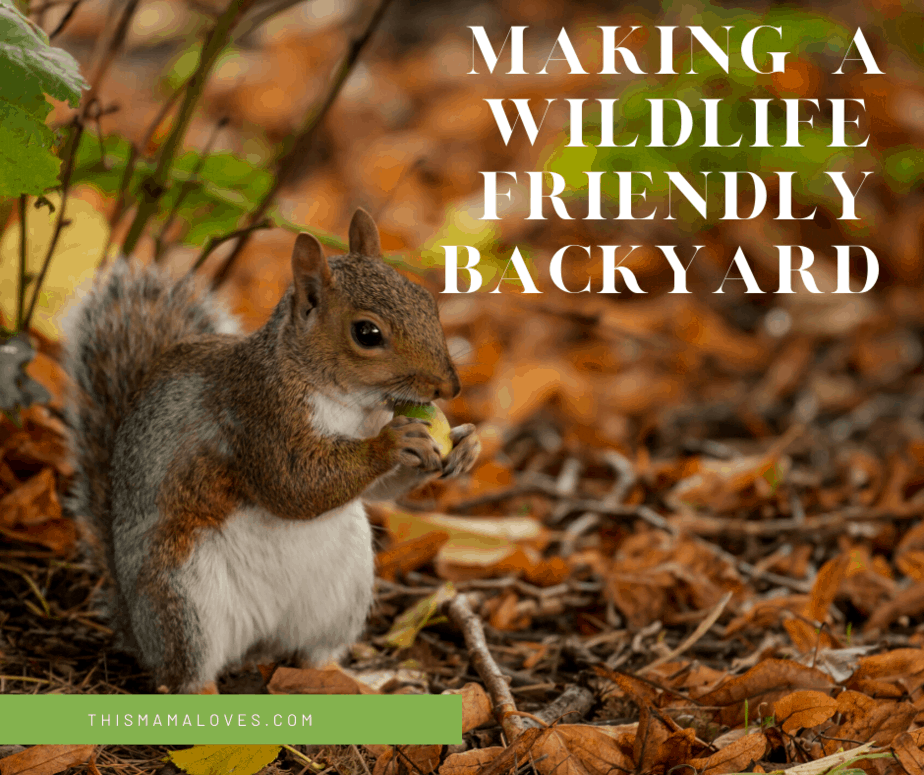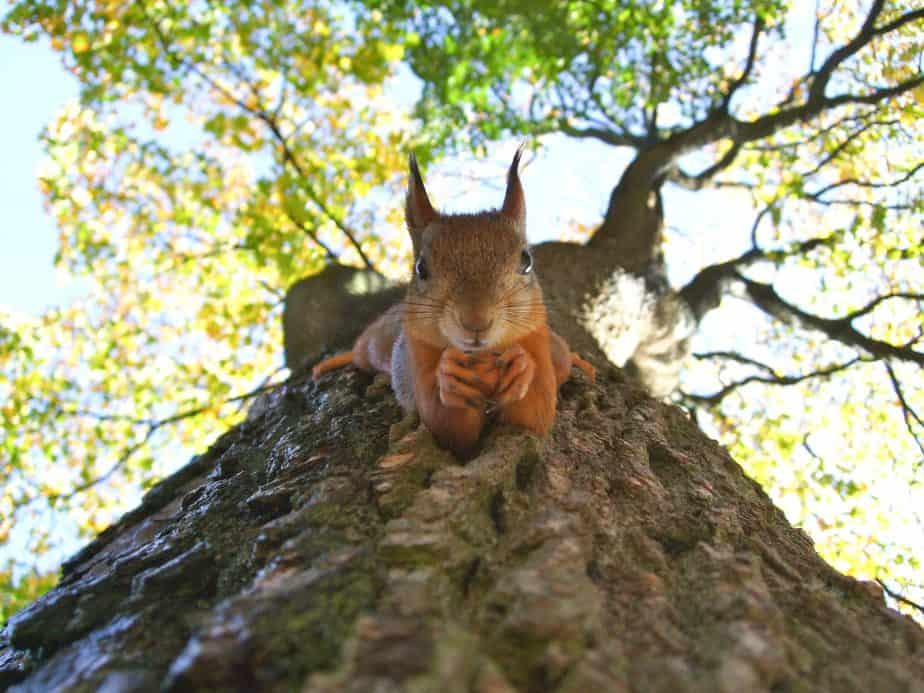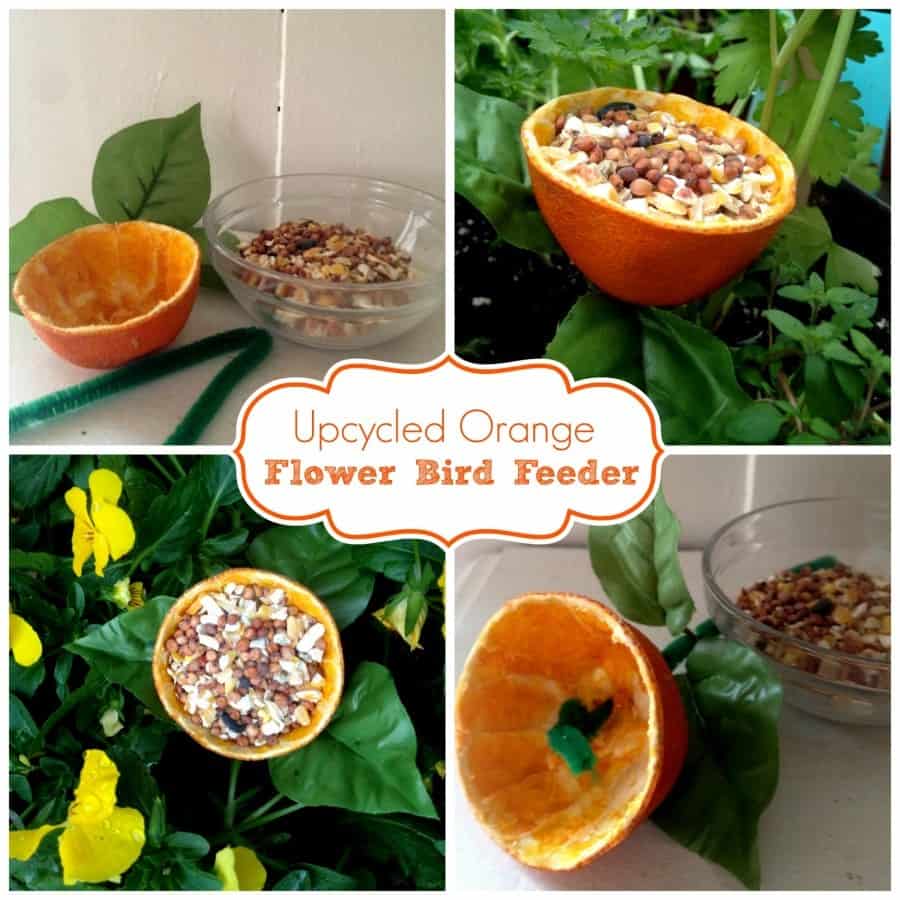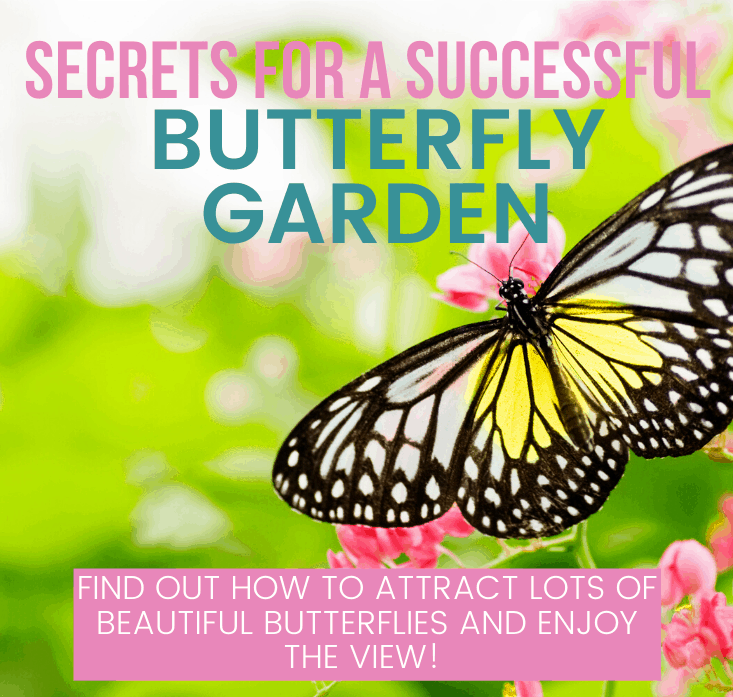
After staying at home for most of the spring and summer of this year, most of us have come to realize that wildlife has enjoyed the environmental truce. Fewer cars on the road mean more green and fresh air for everyone! And the first to take advantage of the changes are the birds and small mammals that live in your garden. Here are some tips from a guest writer to help make your yard friendly for wildlife.
Perhaps, that’s what inspired you to head to the local gardening shop or online and buy a new bird feeder. But wildlife products are not all created equally and can do the opposite of what you mean them to. It seems odd that a lot of small bird feeders that can be hung on a tree tend to be made out of PLASTIC. Wait… Isn’t plastic harmful to the environment in the first place? It’s like serving Superman a dish on a Kryptonite plate. It doesn’t make any sense. It’s time to rethink our environmental involvement. Yes, we want to see more birds and other small animals in our gardens. But the price to pay for it shouldn’t be plastic…look for an environmentally friendly bird feeder whenever possible!
Making a Wildlife Friendly Backyard

Photo by Külli Kittus on Unsplash
Nobody needs plastic for their bird feeders
The typical feeder you hide among the vegetation in your garden is made out of plastic. And somehow it doesn’t feel right to make something that should support wildlife out of the type of material that causes so much damage. But if you want a small feeder that will stay hidden from sight among your garden, you can build a sustainable one with an orange peel. The smell is likely to attract more birds, as it’s a naturally sweet scent. Is it reusable? Yes, until the peel gets damaged, after which you can make a new one! If you want something sturdier, you can build a bird table out of wood in an afternoon. It’s a great option for larger birds and to let groups eat together. All you need to add is some nutritious food, such as the Little Peckers, wild bird food that helps keep them warm in winter. If you are set on plastics, look for recycled plastic materials in your feeder purchases.

The evolution of insect hotels
Without bees, there wouldn’t be any human life. Bees perform a vital task in agriculture: They pollinate. Up to a third of the world’s food supply is pollinated by bees. Therefore, we can’t afford to live in a bee-less world. Inviting wildlife into your garden starts by making room for bees to thrive and survive. You can build a small bee hotel with an untreated wooden plank and a few hollow stems of bamboo or bramble. Alternatively, if you are unsure how to proceed, you can also find sustainable bee hotels online and in gardening stores. One word of warning, though: Avoid plastic and other artificial materials that could affect the bees and their ability to pollinate surrounding plants.
Planting flowers and shrubs that attract bees and butterflies also helps to make your yard welcoming to all kinds of creatures!

Can you make a house for small mammals?
Everyone loves a squirrel or a hedgehog. However, we don’t realize that our garden landscaping designs can dramatically affect their survival rates. Trimming trees and cutting branches to gain more light can leave squirrels exposed to predators. You can easily create a cozy squirrel house that would keep the small furry animals safe from cats! Lots of kids have fun making toad houses and bird houses, which is a great way to spend a rainy afternoon as a family.
Leave the leaves
The late winter and early spring bring what looks to many of us as an eyesore- leaves from the previous fall, perhaps dandelions, etc. But those offer the first foods and shelter of the new year for many creatures and they need for us to let them be for a while so they are able to survive until the trees fill in and their food and shelter are more readily available as winter turns into a full spring.
Protecting wildlife and giving it a place to thrive in our gardens can transform your relationship to nature. Most of us don’t know how many creatures live hidden in the backyard! By adding feeders and protective shelters, you can make room for bees, birds, and cute mammals in the garden. For parents, it’s a fun project to share with the kids. They’ll love watching the birds in the morning! What do you do think about making a wildlife friendly backyard?